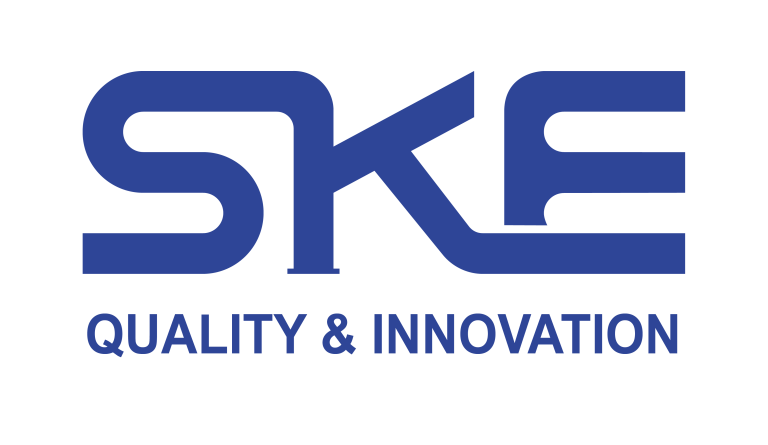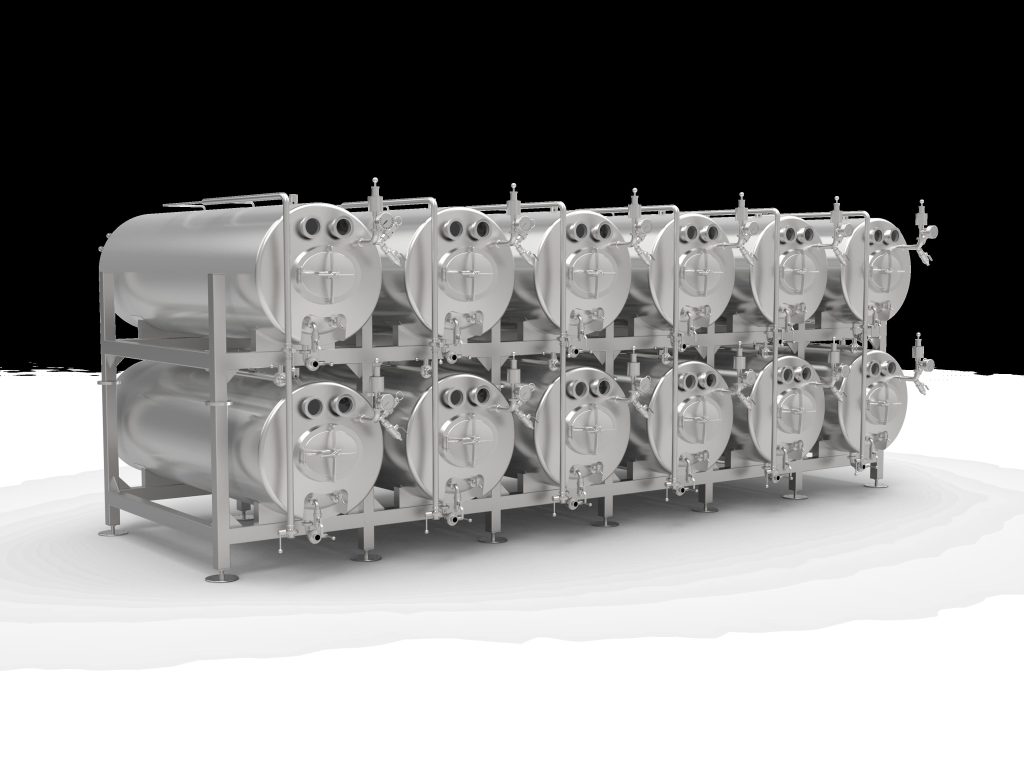Table of Contents
Stepping into a bustling brewery, you’ll spot gleaming columns and tanks—but the real magic happens in the large fermentation vessel, where wort transforms into beer under precise conditions. How do brewers maintain consistency at volumes of 5,000 to 50,000 liters? Today, we dive into the anatomy of high-capacity brewing, explore essential features, and reveal how SKE’s solutions ensure every batch tastes as intended.
1. Why a Large Fermentation Vessel Is Essential
Scaling beer from test batches to full production demands a reliable large fermentation vessel that offers:
Thermal Stability: Glycol jackets maintain target temperatures within ±0.2 °C, critical for yeast performance.
Pressure Control: Rated to 3–5 bar, enabling natural carbonation and pressure fermentation.
Sanitary Design: Polished interiors and tri-clamp fittings prevent contamination and ensure efficient CIP.
Breweries using SKE’s high-capacity fermentation vessels report 20 % faster turnarounds and uniform attenuation across tanks.
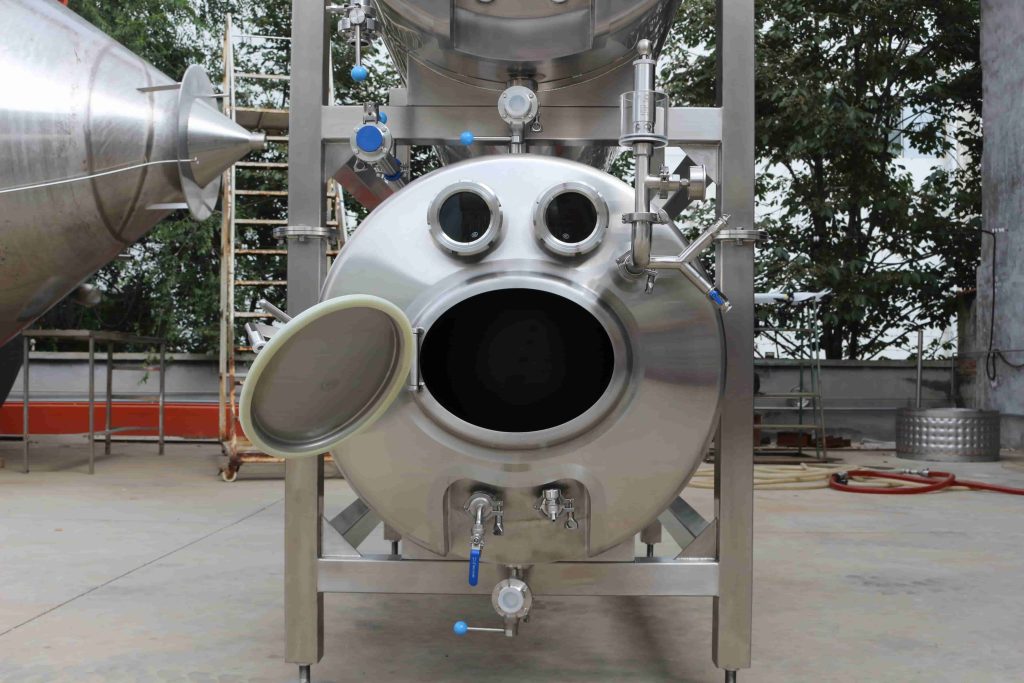
2. Core Features of Modern Fermentation Tanks
A true large fermentation vessel integrates multiple components:
| Component | Function | SKE Feature |
|---|---|---|
| Glycol Jacket | Controls fermentation temperature | Dual-zone design for precise cooling or heating |
| Pressure Relief Valve | Manages internal pressure safely | Adjustable setpoint, stainless steel |
| Sampling Port | Enables in-tank testing of gravity and clarity | Sanitary tri-clamp connection |
| Racking Arm | Transfers beer without oxygen pickup | Sloped, polished stainless design |
| CIP Spray Ball | Delivers 360° cleaning coverage | Removable, high-impact nozzle |
| Sight Glass | Visual monitoring of fermentation progress | Graduated markings for volume tracking |
These features ensure each large fermentation vessel maintains yeast health and product consistency from pitch to package.
3. Integrating Clean-In-Place (CIP) for Hygiene
No brewery scale can tolerate contamination. Integrating CIP into your large fermentation vessel offers:
Automated Sanitation: Pre-programmed alkali and acid cycles.
Water & Chemical Savings: Precise dosing cuts usage by 30 %.
Audit Trails: Automated logs for EHEDG and FDA compliance.
SKE’s CIP-ready fermenters feature welded spray balls and quick-disconnect fittings, turning cleaning into a 30-minute, one-button routine.
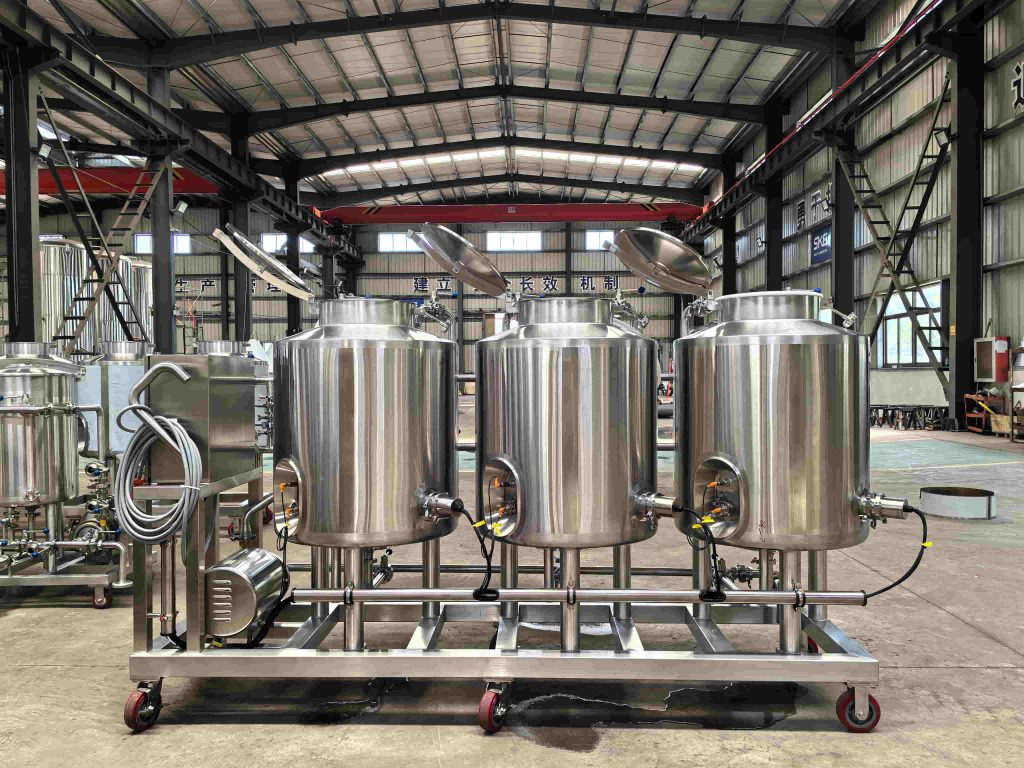
4. SKE’s High-Capacity Fermentation Solutions
SKE customizes large fermentation vessel packages for any brewery size:
Modular Expansion: Stackable vessels let you scale from 5 000 L to 50 000 L without new floor plans.
Advanced Controls: PLC integration for real-time temperature, pressure, and gravity monitoring.
Robust Construction: 316L stainless steel, sanitary welds, and replaceable silicone gaskets for longevity.
Energy Recovery: Vapor condensers preheat incoming water, reducing utility costs by up to 25 %.
Breweries implementing SKE’s systems see consistent beer profiles across multiple fermentation vessels, batch after batch.
5. Performance Comparison Table
| Metric | Standard Tank | SKE Fermentation Vessel |
|---|---|---|
| Volume Range | 3 000–10 000 L | 5 000–50 000 L |
| Temperature Accuracy (± °C) | ±0.5 | ±0.2 |
| CIP Cycle Time | 45 min | 30 min |
| Water Use per CIP | 1 200 L | 850 L |
| Pressure Rating | 1–2 bar | 3–5 bar |
| Installation Time | 3–4 weeks | 1–2 weeks |
This snapshot highlights why upgrading to SKE’s large fermentation vessel yields faster sanitation, tighter control, and greater throughput.
6. Selecting Your Next Fermentation Vessel
When choosing a large fermentation vessel, evaluate:
Volume & Batch Size: Align tank capacity with peak production cycles.
Temperature Control Needs: Dual-zone jackets for complex fermentation profiles.
Pressure Fermentation: Consider natural carbonation and flavor development.
CIP Compatibility: Ensure built-in spray balls and quick-disconnects.
Support & Service: SKE provides global spare-parts, remote diagnostics, and on-site training.
A well-matched vessel ensures consistent flavor, reliable yeast performance, and streamlined operations.
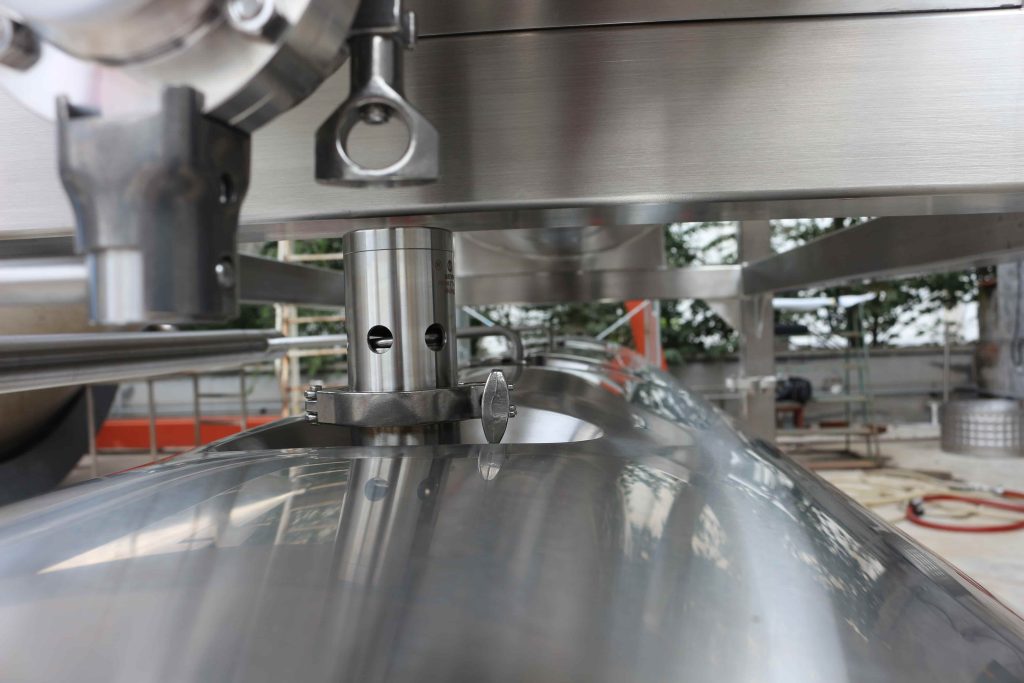
7. Conclusion & Next Steps
A well-engineered large fermentation vessel is the cornerstone of any scalable brewery, combining precise controls, efficient CIP, and robust construction. With SKE’s tailored solutions, you’ll achieve consistent fermentation, reduced downtime, and superior beer quality.
Ready to elevate your fermentation? Share your biggest vessel-sizing challenge in the comments or contact SKE for a personalized consultation. Let’s ferment greatness together! 🚀🍺
Ready to elevate your brewery to new heights? Whether you’re aiming for consistent pilot batches at 5 000 L or full-scale 50 000 L runs, SKE’s large fermentation vessels deliver the precision, reliability, and sanitation you need to keep every batch on target.
👉 Which fermentation challenge is holding you back—tight temperature control, faster turnarounds, or seamless cleaning? Drop a comment below or send us a message to get a free, no-obligation consultation from our SKE experts. Let’s craft your perfect fermentation setup together! 🚀🍻
Brewers’ Top Concerns & Expert Answers
Q1: How do I prevent temperature stratification in a 10 000 L tank?
A1: Use dual-zone glycol jackets with independent recirculation loops. SKE’s vessels maintain ±0.2 °C uniformity from top to bottom.
Q2: Can I naturally carbonate under pressure without extra equipment?
A2: Yes—choose a vessel rated to 3–5 bar. SKE fermenters include built-in pressure relief and sampling ports for safe, in-tank carbonation.
Q3: How fast can I clean a 20 000 L tank between batches?
A3: With SKE’s integrated CIP, complete cycles take 30 minutes using 850 L of water—far faster than manual methods.
Q4: What’s the ROI on upgrading my old tanks?
A4: Most breweries recoup costs within 12–18 months through reduced downtime, lower energy bills (via heat recovery), and minimized product loss.
Q5: Is remote monitoring available?
A5: Absolutely. SKE’s PLC/HMI systems offer cloud-based dashboards so you can track temperature, pressure, and cleaning cycles from anywhere.
